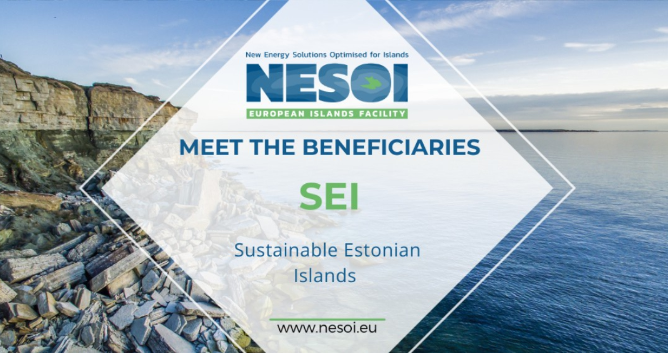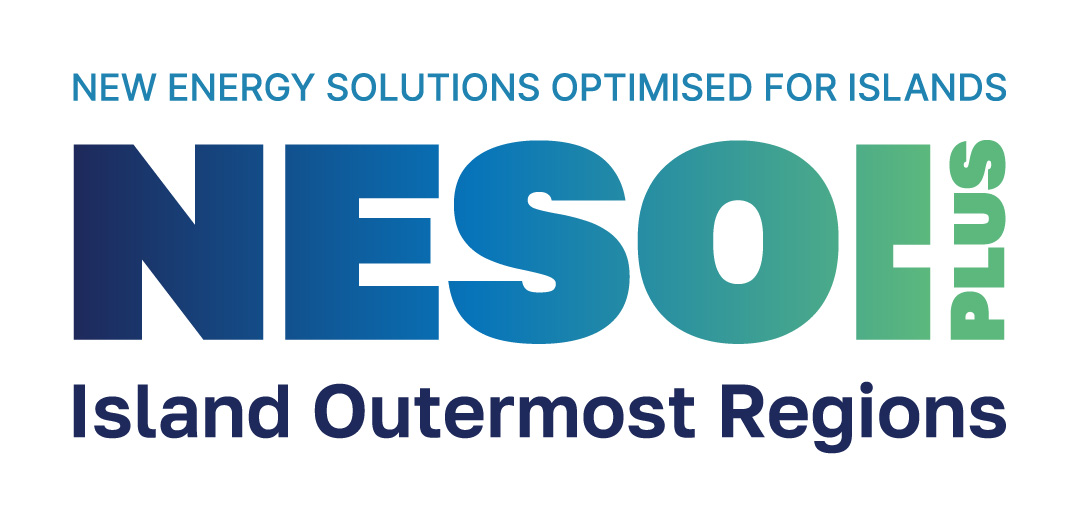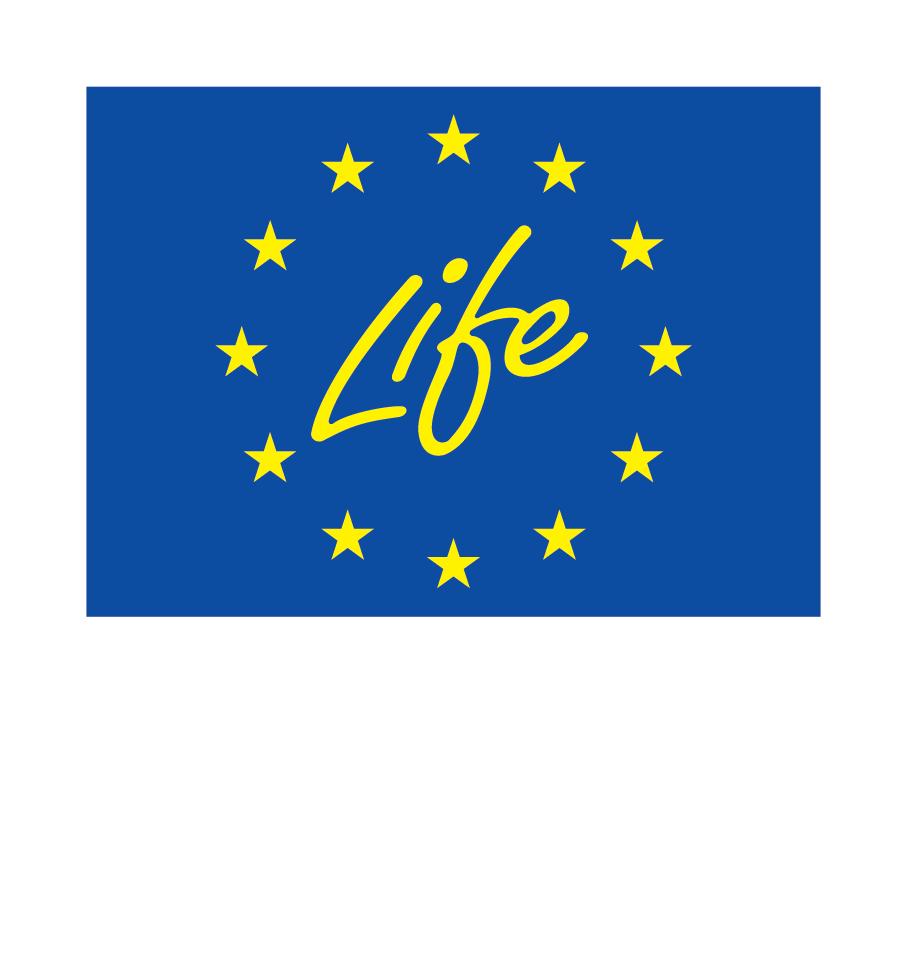Sustainable Estonian Islands (SEI) is a project supported by NESOI European Islands Facility, managed by our partners from e·on, and promoted by Saare and Hiiumaa Development Centers.
What is SEI?
Estonian islands expressed the need to develop an investment plan outlining all major assets. The project was initiated with the aim of developing a holistic roadmap towards a sustainable island community, considering the energy needs, networks, and local resources for generation, and putting forward concrete project propositions. With this, the project includes an overview of feasible solutions to climate change, economic developments, and ecological issues, and a vision of island developments on topics based on local resources.
The aim of the action is to bridge gaps between sectors to accelerate the frontier of sustainability and create a realistic and feasible energy utilization concept. Nevertheless, the biggest challenge consists of getting the data from the municipalities and the different bodies involved. NESOI partners help in putting together all these data and identifying realistic solutions, both from the technical and the financial points of view.
In addition to being beneficial for the local economy, the project will also have a social impact as energy consumption and energy prices of the residents will be reduced. The goal is also to reduce opposition towards renewable energy projects, and through SEI, the communities will be more involved in the energy transition, a sense of ownership will be created, and opposition will be reduced.
Finally, even though the solutions proposed have been developed for the Estonian islands of Saaremaa and Hiiumaa, they could be replicated at any location where a trajectory towards sustainability is intended to be fixed.
SEI: Investment plan for sustainable growth
Realizing the accelerated decarbonization and electrification of European territories would require intense investments in capital-intensive low-carbon power technologies. These investments must ensure a long-term sustainable development.
The Saare Development Center and Hiiumaa Development Center want to fix the trajectory of the Estonian islands towards sustainability. An offshore windfarm associated with H2 generation could be the two main elements of the next energy system. The electrification of the energy supply would allow to turn public transport (buses and ferries) carbon neutral by 2030 and decrease the importation of fossil fuels. It could also impact positively the level of service at port and enhanced aquaculture activities.
Moreover, despite the fact that the calculation of the ROI of each investment is very dependent of hypotheses such as the cost of electricity and the capacity of hydrogen production, virtuous interactions between domains of activities like the green energy and the blue economy strengthen the economical case.
Prior to taking final decisions, it is very important to understand the financial resources and streams associated with each technological solutions, establishing business models for each project. An investment plan considering different mid- and long-term economic scenarios will capture the financial risk and obtain a larger stakeholder adoption.
Expected environmental impacts
The total energy consumption on the islands in 2018 was 929 CWh with the consumption of electricity and fuels both for heating and transport. When including the energy consumed by ferries and planes, the total energy consumption exceeded 1TWh. The consumption of energy on the islands resulted in 310 ktCO2 emissions and when including ferries and aviation, there was a total of nearly 330 ktCO2 emissions. The overall vision for the islands is to become Smart and Green. Strategic objectives have been set to achieve that vision which include the reduction of carbon dioxide emissions by 40% by 2030 compared to 2018, achieving a 60% share of renewable energy in final energy consumption by 2030, and switching to 100% renewable energy and low carbon fuels in the municipal sector by 2030. By 2050 the islands intend to become energy independent.
How does NESOI support this project?
The European Islands Facility (NESOI) aims to unlock the potential of EU islands to become the locomotives of European Energy Transition. To do so, NESOI aims to mobilize more than €100 million of investment in sustainable energy projects to give EU islands the opportunity to implement energy technologies and innovative approaches, in a cost-competitive way.
More specifically, NESOI has provided the following support to the project:
- Assessment of the key project sizing drivers
- Stakeholder engagement and co-design workshop
- Identification of suitable technological options given existing project sizing requirements
- High level analysis on selected technologies/projects + regulatory framework
- High level analysis of expected impacts
- Definition of the technical, economic, and financial, fiscal project inputs and Assessment of existing procurement
- Risk analysis and identification of available mitigation strategies
- Financial modelling and identification of target scenario and identification of financing/funding options
- Action plan and identification of project monitoring procedures
READ MORE INFORMATION IN THE DEDICATED PROJECT BROCHURE


